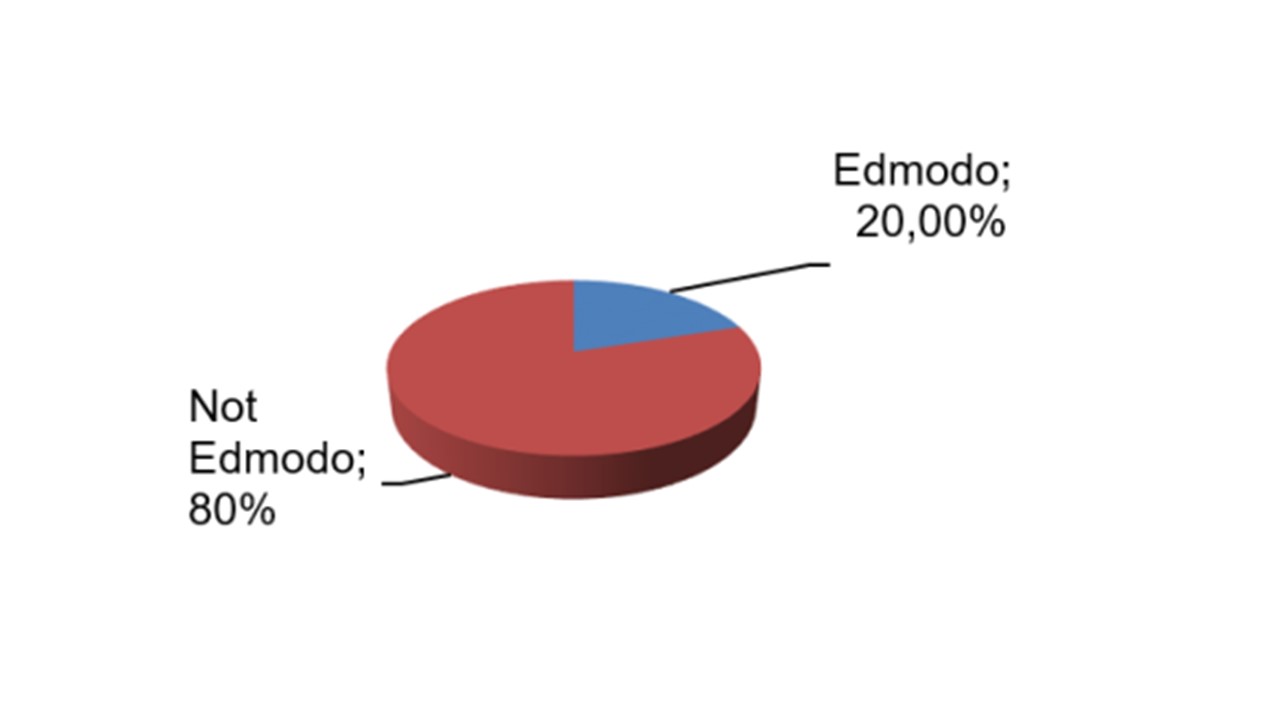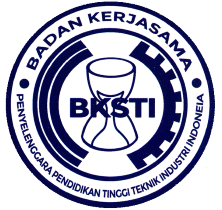Media for History Learning In the Digital Era
DOI:
https://doi.org/10.12928/spekta.v3i2.6276Keywords:
Digital arena, Learning media, Social media, History learning, Creative learningAbstract
Background: In the information age and today's digital age, educators play an important role in shaping good character. Educators have excellent opportunities to develop professional competencies that can be enhanced, one of which is the ability to technically and creatively create innovative learning designs that facilitate educators' ability to optimize students' abilities.
Contribution: The contribution of this research is to raise awareness among educators in the digital arena of what is required to develop innovative and creative History learning media. Other matters related to educators' confidence in leveraging technology in History learning also need to be optimized.
Method: Synthesis method. Researcher synthesized information naturally to help others see connections between things.
Results: The t-test result indicated that the post-test scores were significantly higher for the experimental group (M = 41.71, SD = 2.14) than for the control group (M = 20.41, SD = 4.3), t = 4.130, p < .001. In other words, there was a significant difference in the mean post-test results between the experimental and control groups. As such, Edmodo can positively impact the academic performance of higher education students. When being applied to the experimental and control methods, the ratio was 2.62, which was greater than the reference value (1.2). This showed that Edmodo effectively improved students' study skills and knowledge.
Conclusion: The impact of this result can be explained by the fact that Edmodo increased the use of collaborative e-learning in the experimental group to keep students informed. A good website provides students with high-quality information, creativity, participatory activities and collaboration in a category called Social Networking and Communication. The application of digital literacy by utilizing media in History learning can be done by utilizing the existing facilities at Edmodo
References
Heidi, Yeen-Ju Tan, Neo Mai, & Wai Jing Kwok. Developing Creative and Critical Thinking Skills in an Authentic Learning Environment. Journal of Technology, April, 2014. 68(2). DOI:10.11113/jt.v68.2902. 2014.
Johan Setiawan, Aman, & Taat Wulandari. Understanding Indonesian history, interest in learning history and national insight with nationalism attitude. International Journal of Evaluation and Research in Education (IJERE). Vol. 9, No. 2, June 2020, pp. 364-373. 2020. https://files.eric.ed.gov/fulltext/EJ1256078.pdf
Stoltzfus, J. Media. USA: Techopedia Inc. 2020. https://www.techopedia.com/definition/1098/media
[4] Stauffer, B. What Are the 4 C's of 21st Century Skills? Lancaster: Applied Educational Systems, Inc. 2022. https://www.aeseducation.com/blog/four-cs-21st-century-skills
Khaleel M. Al-Said. Students' Perceptions of Edmodo and Mobile Learning and their Real Barriers towards them. TOJET: The Turkish Online Journal of Educational Technology – April 2015, volume 14 issue 2, 167-180. 2015. https://files.eric.ed.gov/fulltext/EJ1057371.pdf
Khoirunnisa, H., et al. Edmodo as a media for history learning in the digital era. IOP Conf. Ser.: Earth Environ. Sci. 243 012087. 2019. https://iopscience.iop.org/article/10.1088/1755-1315/243/1/012087/pdf
Mariko, I. A window which lets in light the importance of selecting and preparing instructional media in tertiary education. International Journal of Humanities and Social Science 5 (2) 245-247. 2015.
Holden, J. T., Philip. J. I. & Westfall. An instructional media selection guide for distance learning. USA: United States Distance Learning Association. 2009.
Agung and Wahyuni. Perencanaan Pembelajaran Sejarah. Yogyakarta: Ombak. 2013.
Brophy, et al. Inside the Social Studies Clasroom. New York and London Courledge: Routledge. 2009.
Alsaid, K. M. Students learning and education and their real barriers toward them The Turkish Online Journal of Educational Thechnology 14 (2) 167-180. 2015.
Courts and Tucker. Using technology to create a dynamic classroom experience Journal of College Teaching and Learning (TCL) 9 (2) 121-128. 2012.
Seifert Tami. Patterns of Mobile Technology Use In Teaching A Pilot Study Portugal : International Association Procedure for Development of the Information Society Press. 2015.
Wilkinson Kate and Barter. Do Mobile Learning Device in A Higher Education Anatomy Classrooms Portugal: International Association Procedure for Development of the Information Society Press. 2015.
Trust, T. Professional learning network designed for teacher learning Journal of Digital Learning in Teacher Education. 28 (4) 133-138. 2012.
O’Brien, D., & Scharber, C. Digital Literacies Go to School: Potholes and Possibilities. Journal of Adolescent & Adult Literacy, 52(1), 66–68. 2008. https://doi.org/10.1598/jaal.52.1.7
Martin, L. Enabling eLiteracy: Providing Non-Technical Support for Online Learners. Innovation in Teaching and Learning in Information and Computer Sciences. 2006. https://doi.org/10.11120/ital.2006.05040097
Martin, A., & Grudziecki, J. DigEuLit: Concepts and Tools for Digital Literacy Development. Innovation in Teaching and Learning in Information and Computer Sciences. 2006. https://doi.org/10.11120/ital.2006.05040249
Alperi, M.Utilizing Edmodo In Preparing Computer-Based Learning At The Senior High School. International Symposium on Open, Distance, and e-Learning (ISODEL). 2018.
Amin, I. M. M. R. S. M. The Role of Digital Literacy in Improving Islamic Religious Education Learning in Class XI IIS 01 SMAI AL Maarif Singosari Malang. Vicratina; Journal of Islamic Education, 6(1), 58–67. 2020.
Pratama, W. A., Hartini, S., & Misbah, M. Analisis Literasi Digital Siswa Melalui Penerapan E-Learning Berbasis Schology. Jurnal Inovasi Dan Pembelajaran Fisika, 6(1), 9–13. 2019.
Oka Agus Kurniawan Shavab. Digital Literacy Through the Utilization of Edmodo Learning Media in History Learning. History And Culture, Dec 31, 2020. Indonesia: Universitas Siliwangi. 2020. http://journal2.um.ac.id/index.php/sejarah-dan-budaya/article/view/14556
Hague, C., & Payton, S. Digital literacy across the curriculum. In Curriculum Leadership (Vol. 9, No.1). 2011.
Baharuddin, B., & Wahyuni, E. N. Learning and learning theory. Yogyakarta: Ar-Ruzz Media. 2015.
Rahmah, N. Belajar Bermakna Ausubel. Al-Khwarizmi: Jurnal Pendidikan Matematika Dan Ilmu Pengetahuan Alam, 1(1), 43–48. 2018. https://doi.org/10.24256/jpmipa.v1i1.54
Abdullah Saad Alqahtani & Imam Abdulrahman Bin Faisal. The Use of Edmodo: Its Impact on Learning And Students’ Attitudes Toward It. Journal of Information Technology Education: Research, 18, 319-330. 2019. https://doi.org/10.28945/4389
Fryer, L. (2016). Collaborative learning through Edmodo. Teaching Geography, 41(3), 118-119.
Fernandez, V., Simo, P., & Sallan, J. M. (2009). Podcasting: A new technological tool to facilitate good practice in higher education. Computers & Education, 53(2), 385-392.
Lee BN. Learning in the Digital Age During the COVID-19 Pandemic for School Improvement. SPEKTA (Jurnal Pengabdian Kepada Masyarakat: Teknologi dan Aplikasi). 2022 Jun 14;3(1):13-22.

Downloads
Published
How to Cite
Issue
Section
License
Copyright (c) 2022 Bih Ni Lee

This work is licensed under a Creative Commons Attribution-ShareAlike 4.0 International License.
Authors who publish with SPEKTA (Jurnal Pengabdian Kepada Masyarakat: Teknologi dan Aplikasi) agree to the following terms:
- Authors retain copyright and grant the journal the right of first publication with the work simultaneously licensed under a Creative Commons Attribution License (CC BY-SA 4.0) that allows others to share the work with an acknowledgment of the work's authorship and initial publication in this journal.
- Authors are able to enter into separate, additional contractual arrangements for the non-exclusive distribution of the journal's published version of the work (e.g., post it to an institutional repository or publish it in a book), with an acknowledgment of its initial publication in this journal.
- Authors are permitted and encouraged to post their work online (e.g., in institutional repositories or on their website) prior to and during the submission process, as it can lead to productive exchanges, as well as earlier and greater citation of published work.

This work is licensed under a Creative Commons Attribution-ShareAlike 4.0 International License.









